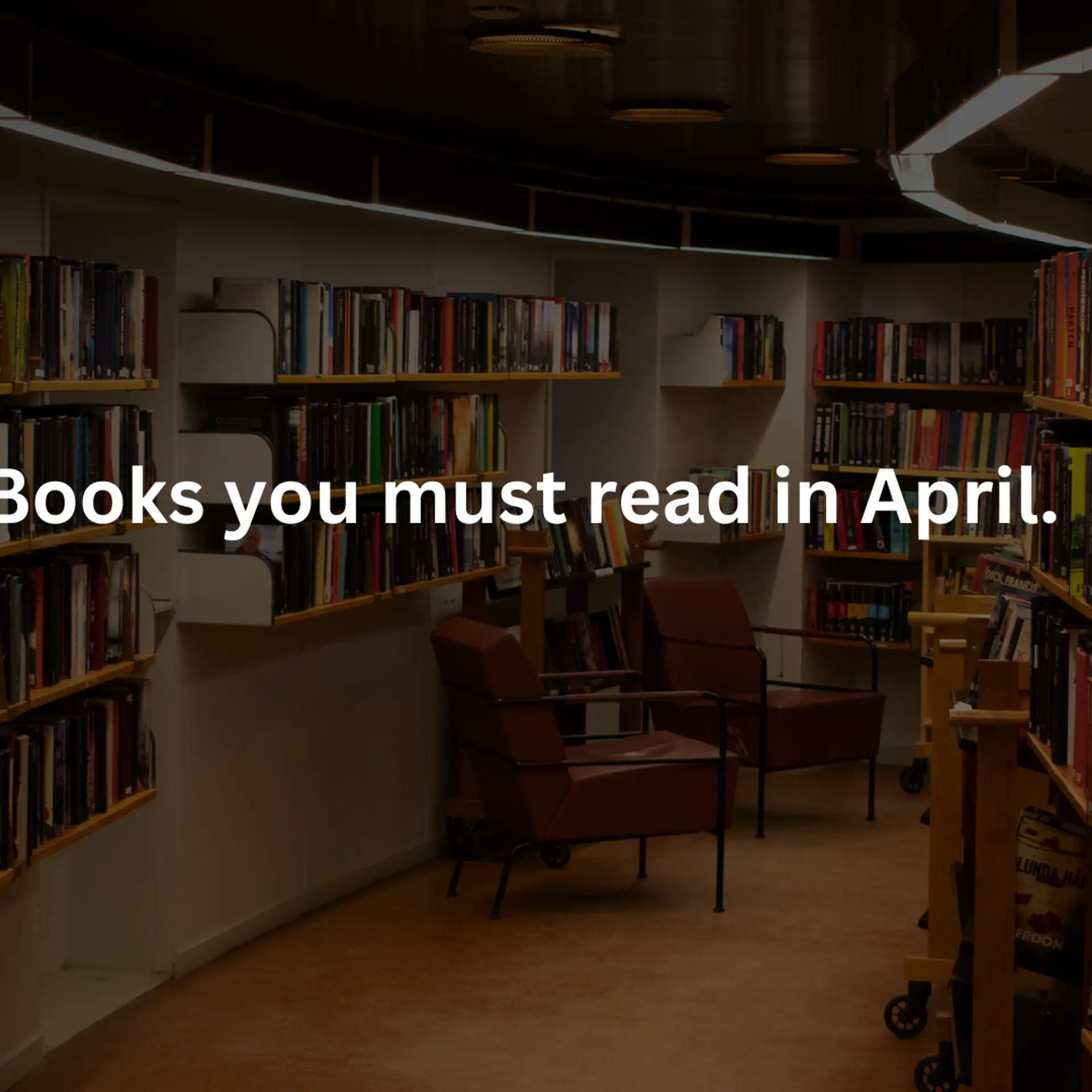The final mile: how India can lift the last 5%, advancing inclusive growth
The percentage of population living below the poverty line declined from 22.5% in 2011 to below 5% in 2024, lifting over 200 million people out of poverty. While broad infrastructure has catalysed progress for most, the bottom 5% face unique challenges that merit specialised attention.
India's poverty reduction journey stands as a testament to effective policy-making and robust economic growth. The percentage of population living below the poverty line declined from 22.5% in 2011 to below 5% in 2024, lifting over 200 million people out of poverty.
This transformation has been enabled by significant infrastructure development and sustainable livelihood creation across multiple dimensions.
Digital infrastructure, anchored by IndiaStack, has revolutionised service delivery and financial inclusion. UPI transactions now exceed 10 billion monthly, while Aadhaar's near-universal coverage enables direct benefit transfers worth over Rs 6 trillion annually. The JAM trinity (Jan Dhan, Aadhaar, Mobile) has created a robust foundation for inclusive growth and livelihood opportunities. This digital revolution has particularly benefited rural India, with mobile internet users in villages now exceeding 350 million. The impact extends beyond transactions - digital services now enable remote education, telemedicine, and agricultural advisory services.
Physical infrastructure development through programmes like PM Gram Sadak Yojana, Jal Jeevan Mission, and PM Awas Yojana has enhanced rural connectivity and basic amenities. These initiatives have particularly transformed rural accessibility, with over 95% of habitations now connected by all-weather roads. Under the Jal Jeevan Mission, household tap connections have reached remote villages, fundamentally changing water security for millions.
Financial infrastructure expansion through Jan Dhan accounts, coupled with developments in digital banking and fintech, has brought formal financial services to previously unbanked populations, enabling better livelihood outcomes.
The remaining pockets of poverty however require more nuanced approaches to sustainable livelihood creation. While broad infrastructure has catalysed progress for most, the bottom 5% face unique challenges that merit specialised attention.
Three areas deserve focus in the upcoming budget:
First, strengthening last-mile delivery of existing infrastructure. While digital and financial systems are robust, enhancing their accessibility and usability for marginalised communities could accelerate inclusion and enable better livelihoods.
Digital adoption requires a layered approach - access alone isn't sufficient. Research shows successful financial inclusion combines three elements: appropriate digital infrastructure, contextual capacity building, and trusted local support systems. Recent pilots have demonstrated that when these elements work in concert, digital service adoption rates increase up to 3-4x compared to infrastructure-only approaches.
Community-based models involving local changemakers and civil society organisations have shown promise in bridging these gaps. Digital literacy programmes combined with doorstep banking services could enhance financial inclusion. Similarly, telemedicine initiatives backed by community health workers could improve healthcare access in remote areas.
Second, supporting climate-resilient livelihoods, particularly in agriculture. Small and marginal farmers face increasing environmental pressures. The transition to regenerative agriculture presents both challenges and opportunities.
While initial yields may see temporary dips, data from multiple states shows that integrated farming systems ultimately deliver 40-50% higher income through diversified revenue streams, reduced input costs, and climate resilience.
Critical success factors include phased transition support, market linkages for organic produce, and community-level knowledge systems. Transitional support for adopting regenerative practices - like natural farming, agroforestry, and integrated farming systems - could protect both farmer incomes and soil health.
Community-based sustainable agriculture models, incorporating traditional knowledge with modern practices, have demonstrated success. Women-led climate adaptation initiatives have shown particular promise in building community resilience and sustainable livelihoods.
Third, advancing social inclusion through targeted support for vulnerable groups like transgenders and differently-abled persons. Economic inclusion of vulnerable groups requires dismantling multiple barriers simultaneously. Successful models combine three key elements: skill development aligned with market demand, sustained mentorship through the initial employment/enterprise phase, and ecosystem-level interventions to address structural barriers. Peer support networks, combined with skill development and enterprise support, can create sustainable pathways to economic independence.
Public-private partnerships focusing on workplace inclusion and entrepreneurship development have shown encouraging results. Community sensitisation efforts, when paired with livelihood opportunities, create more sustainable outcomes.
These interventions could be strengthened through robust monitoring systems and community feedback mechanisms, ensuring programmes remain responsive to local needs while maintaining accountability.
The road to lifting the last 5% out of poverty requires patience, perseverance, and innovative approaches. While broad-based economic growth continues to create opportunities, these communities need additional support to overcome structural barriers.
As India progresses towards the Viksit Bharat goal by 2047, these focused interventions could complement our existing robust infrastructure to ensure no one is left behind. The upcoming budget presents an opportunity to build upon past successes while innovating for those most in need of sustainable livelihood solutions.
(Atul Satija is Founder & CEO of The/Nudge Institute)
(Disclaimer: The views and opinions expressed in this article are those of the author and do not necessarily reflect the views of YourStory.)






